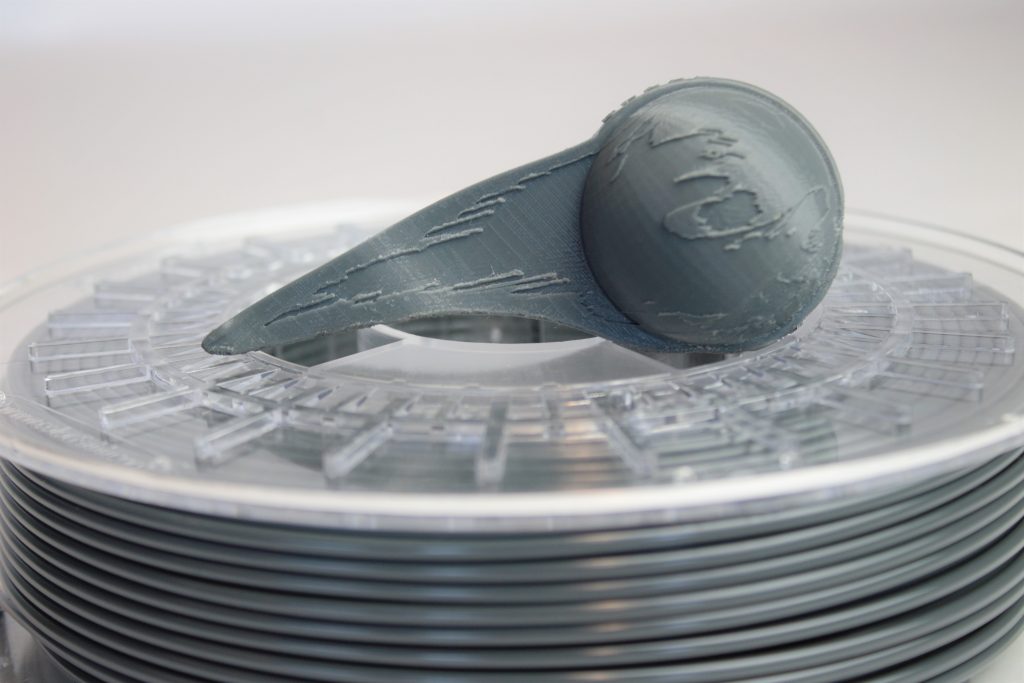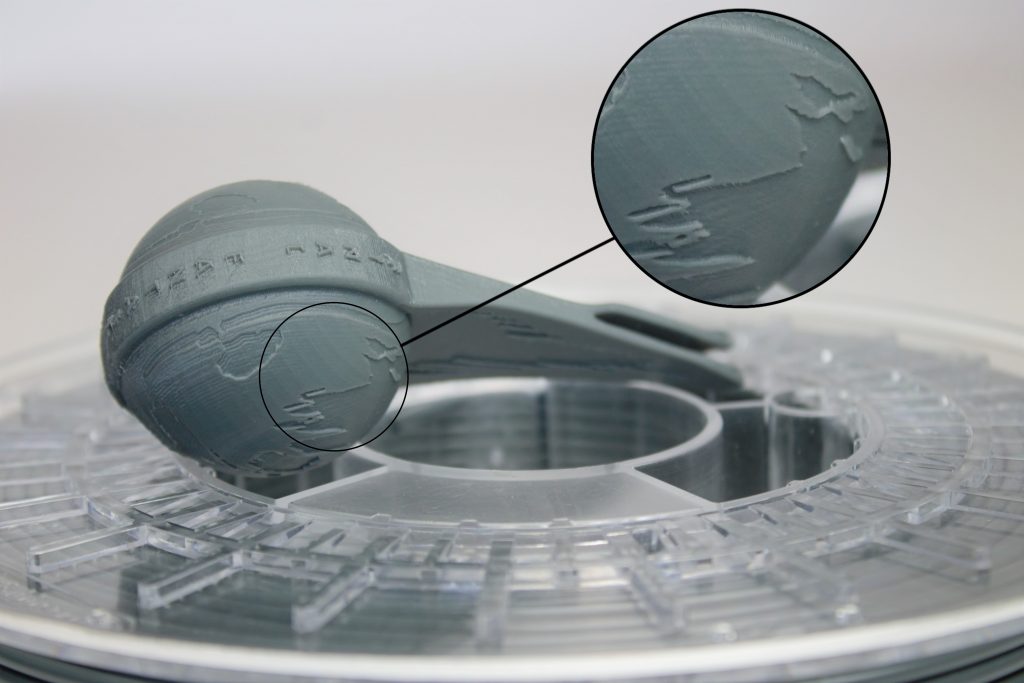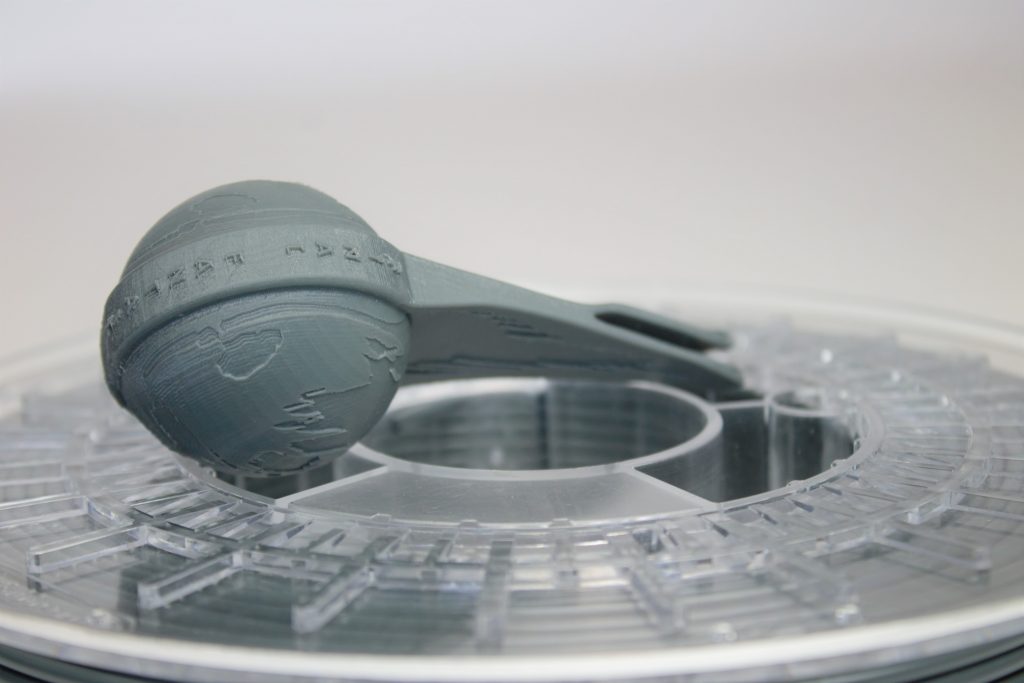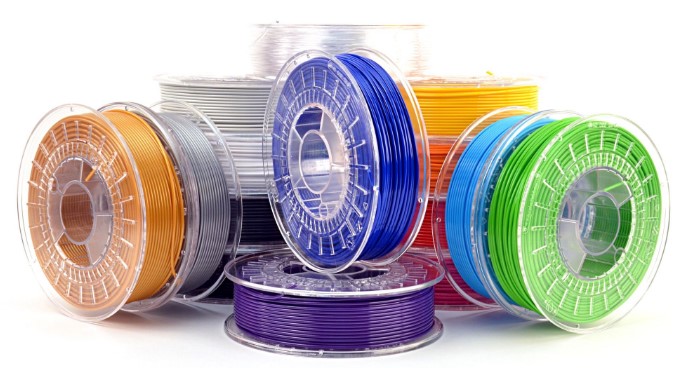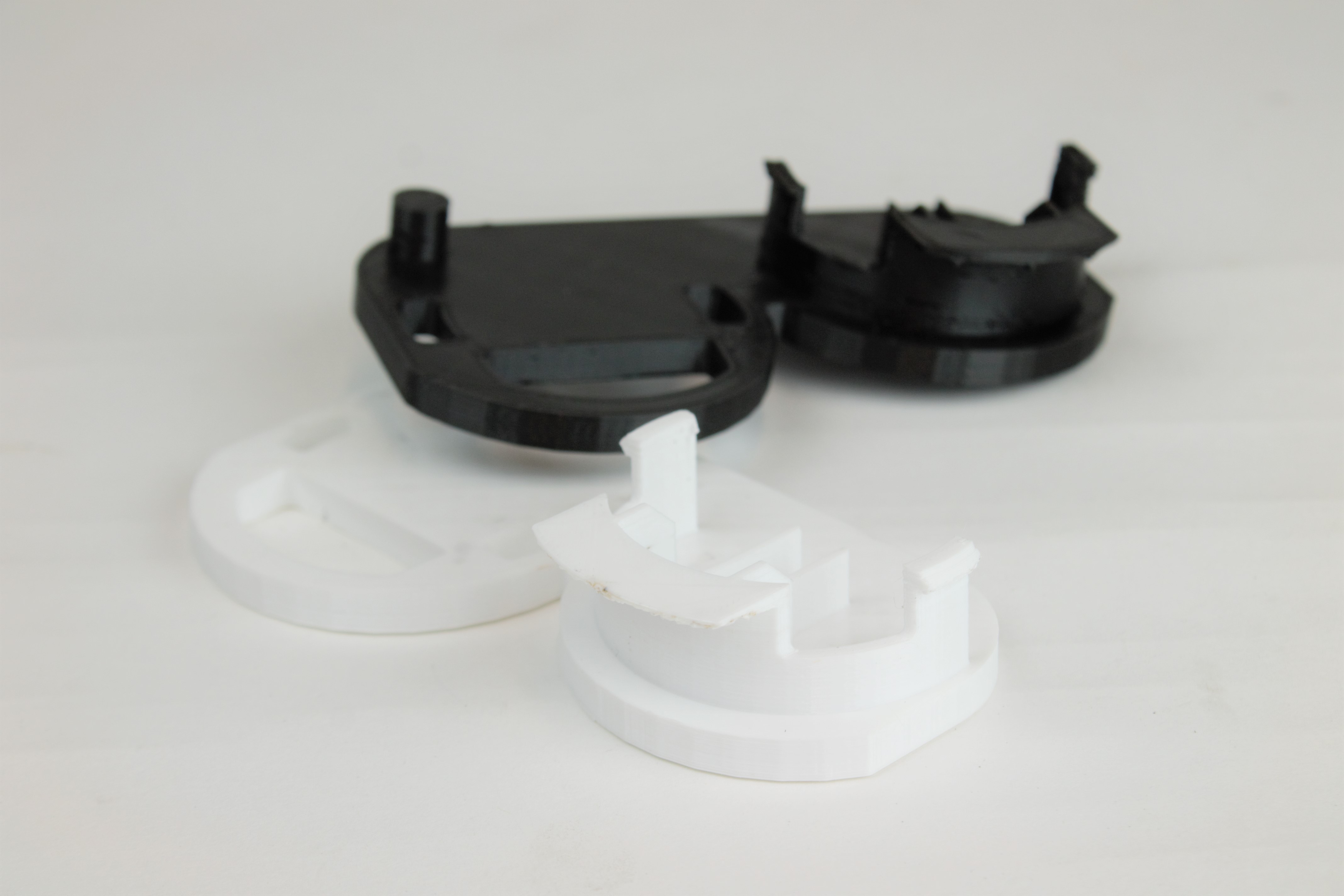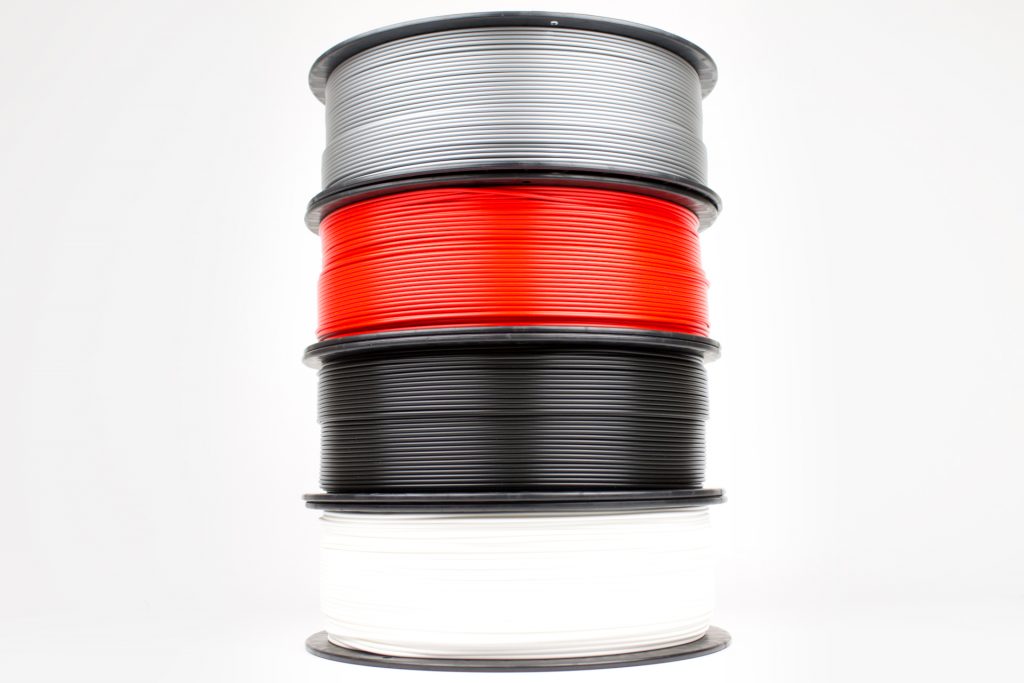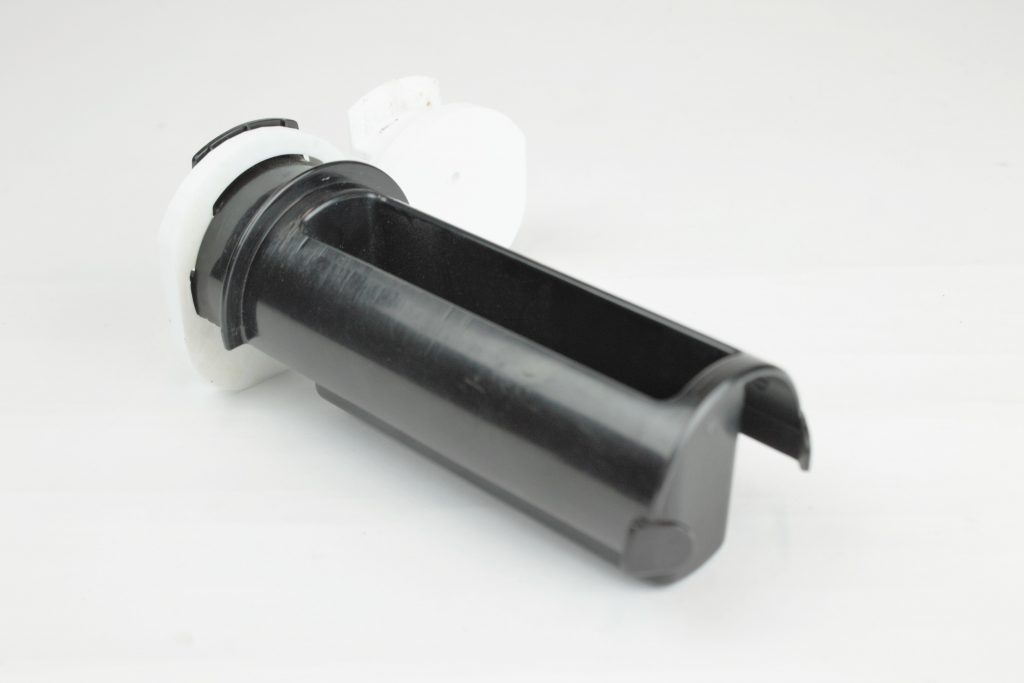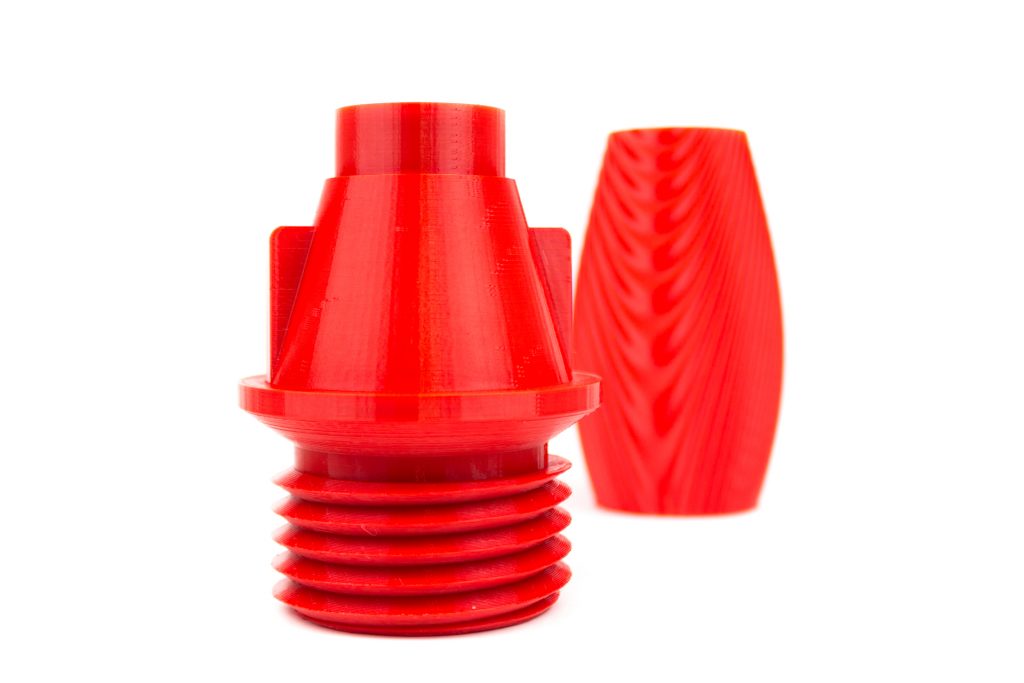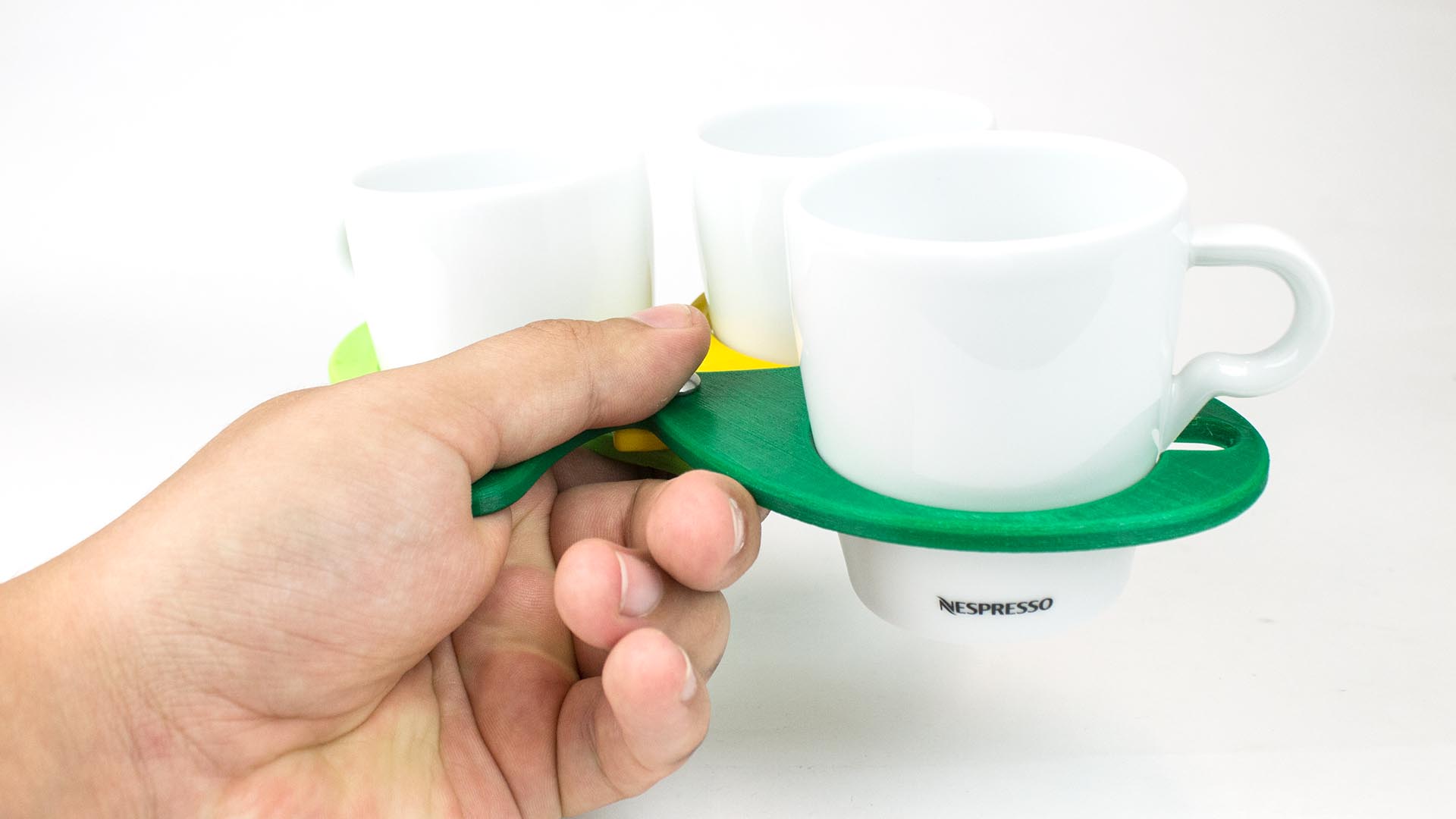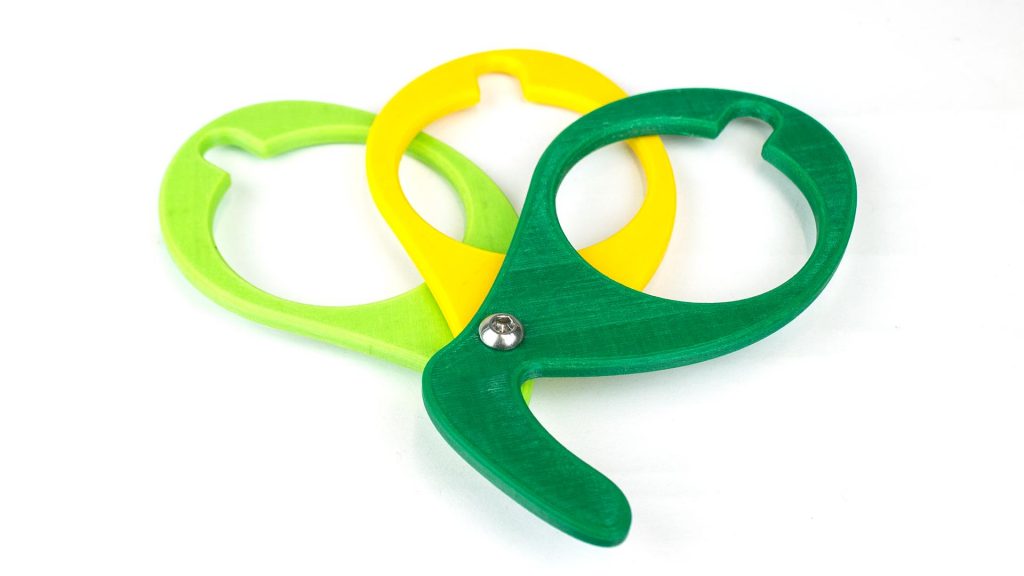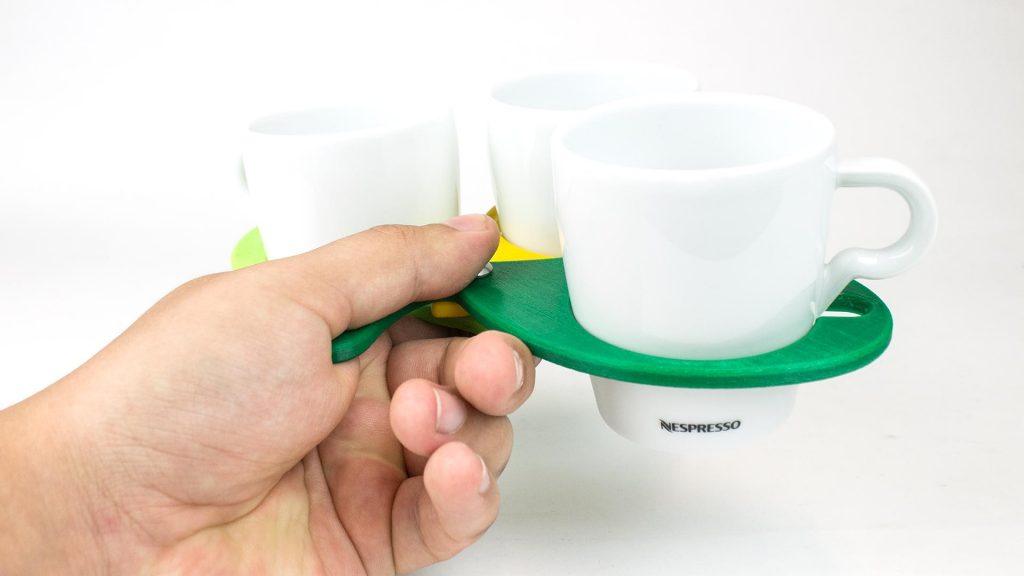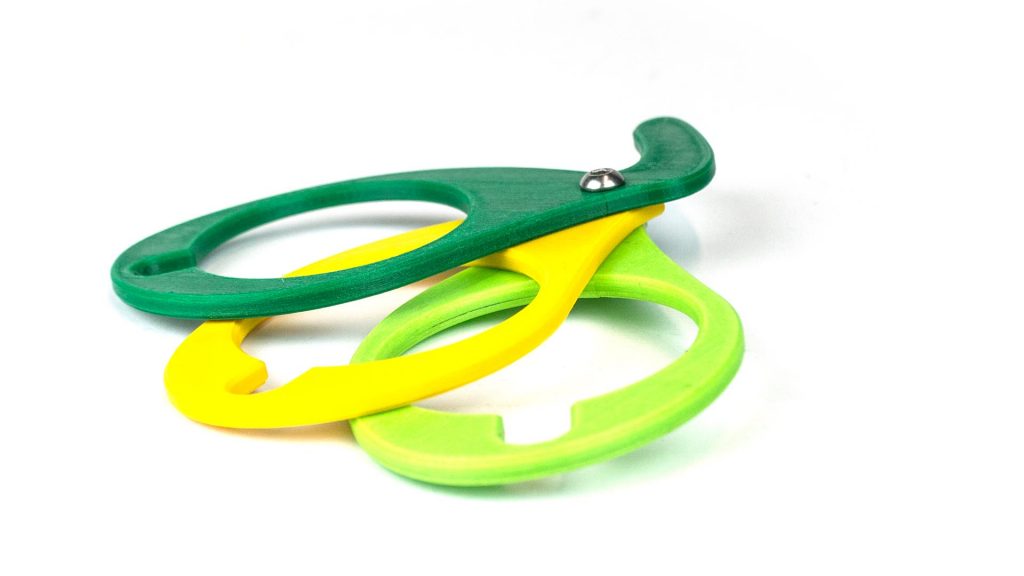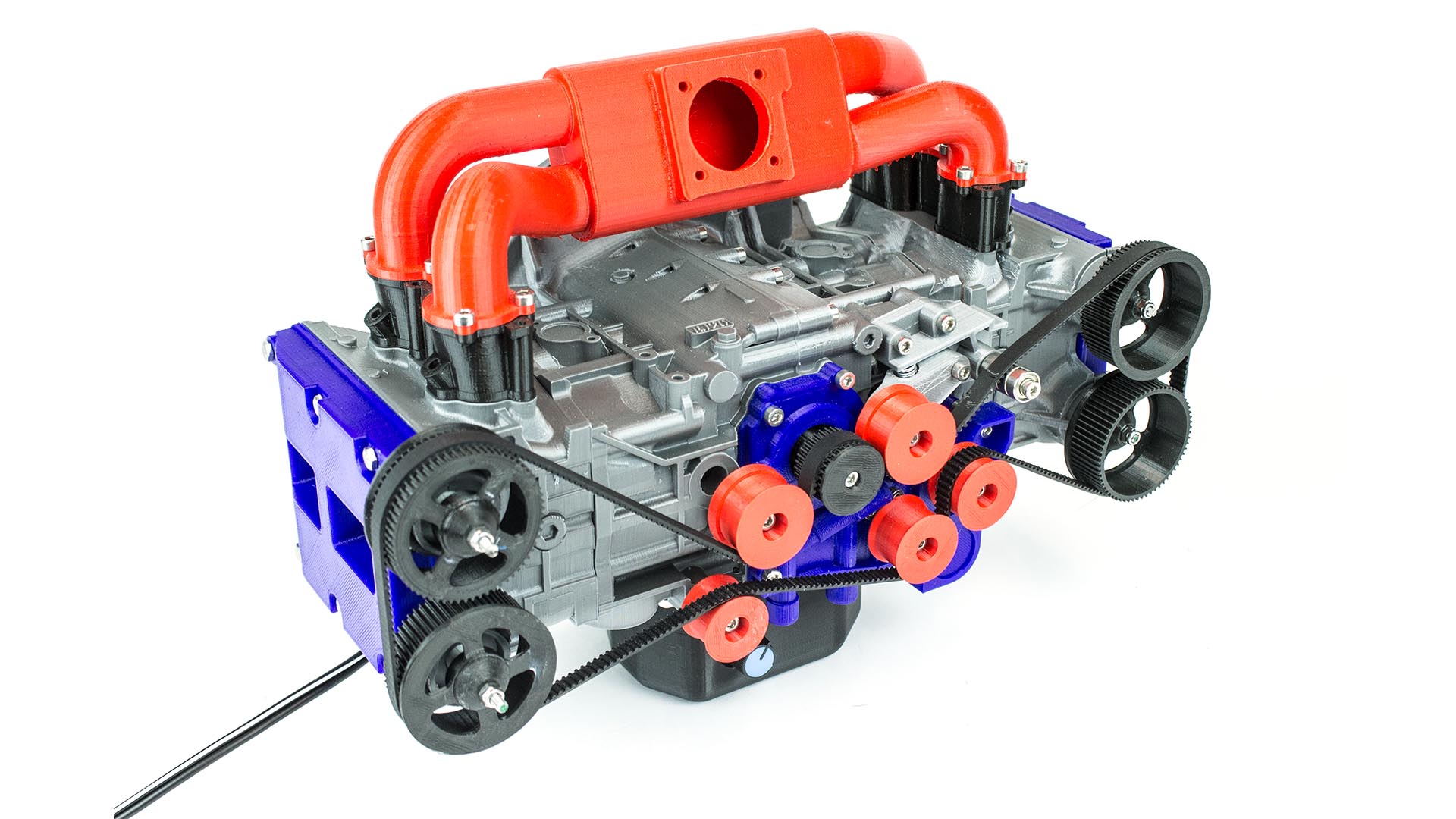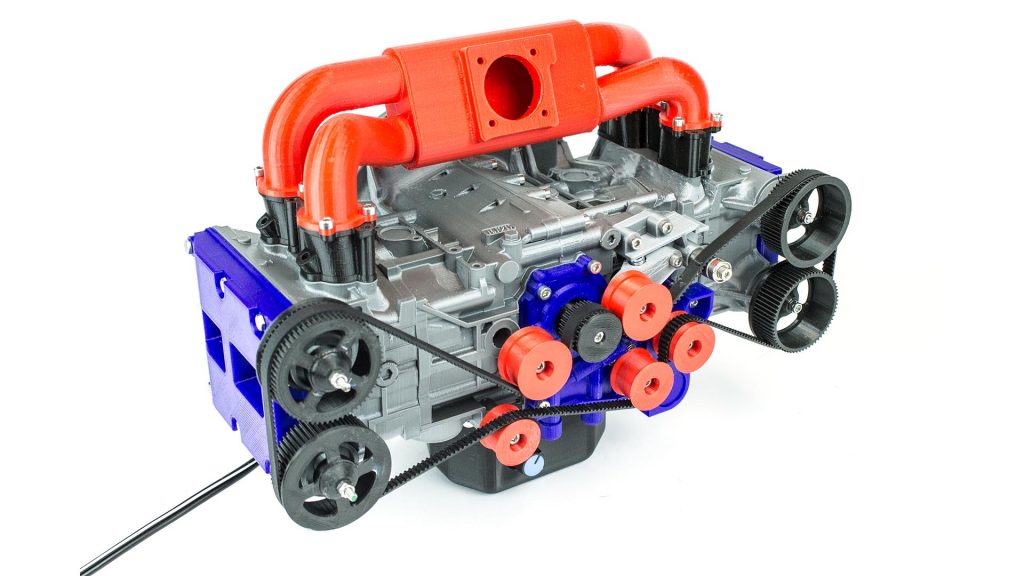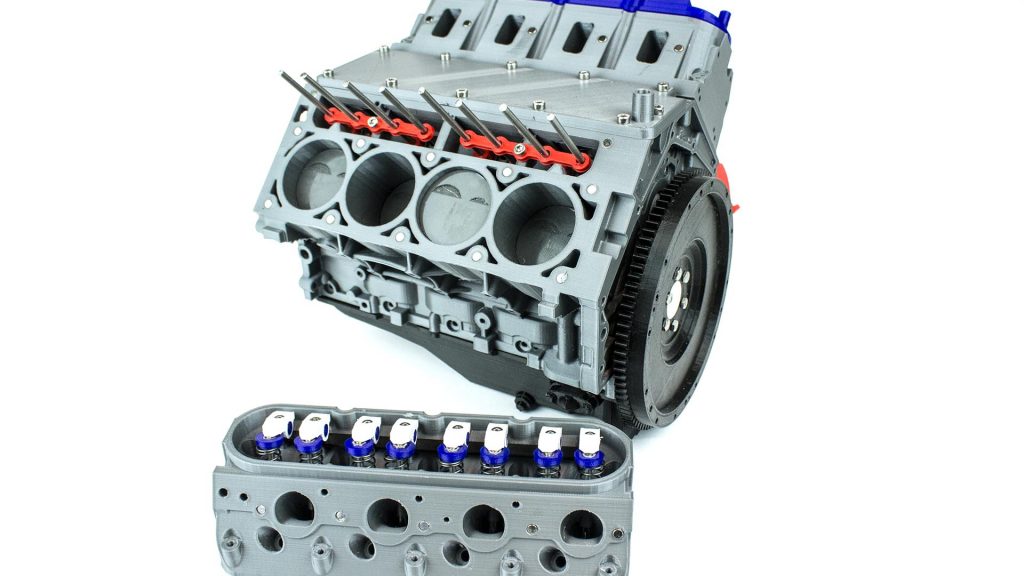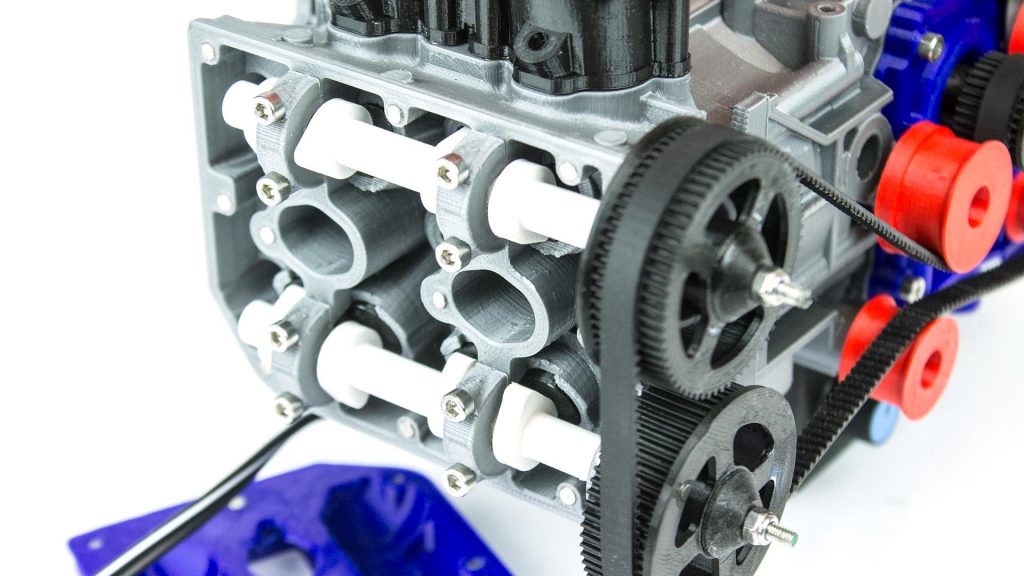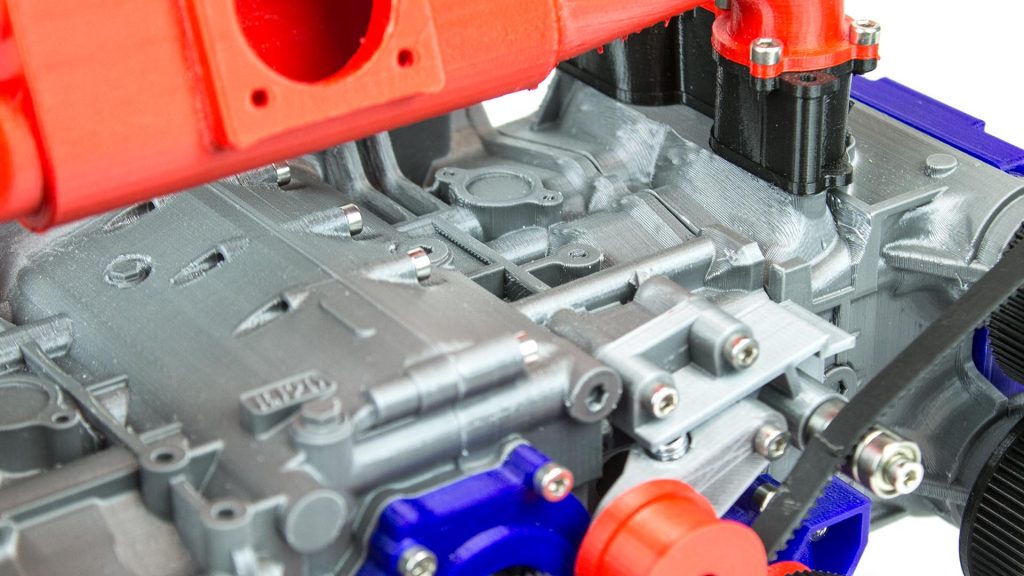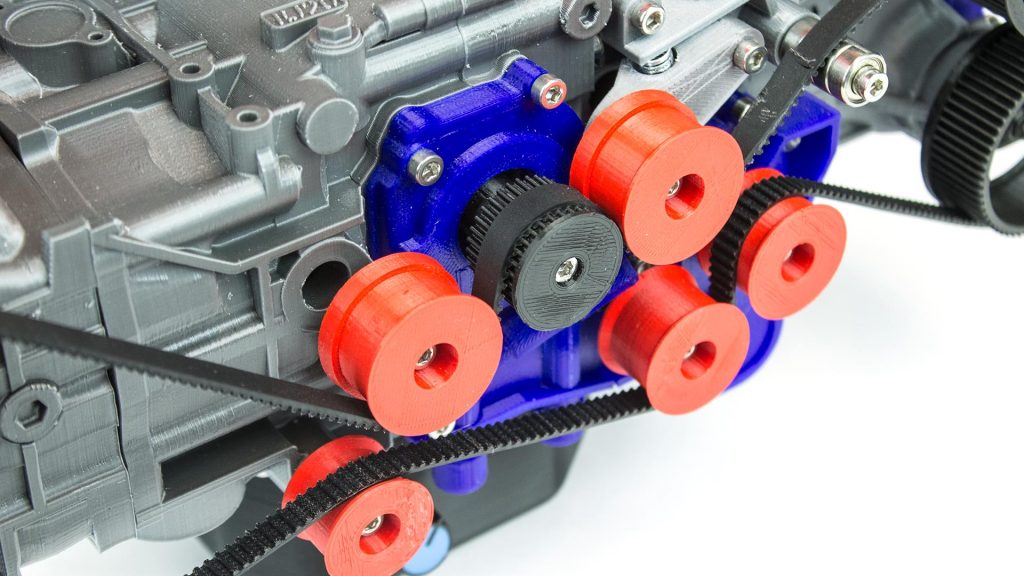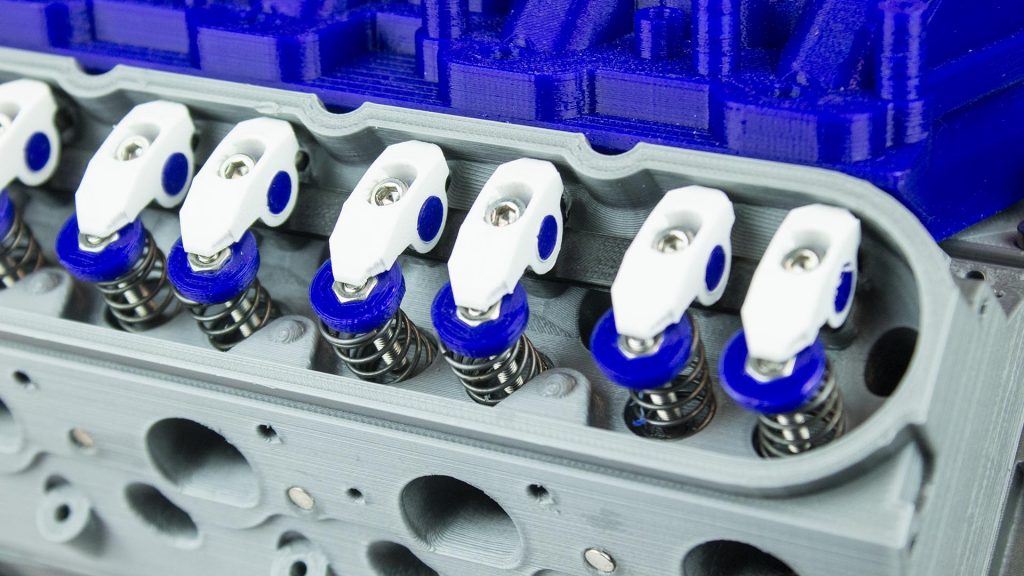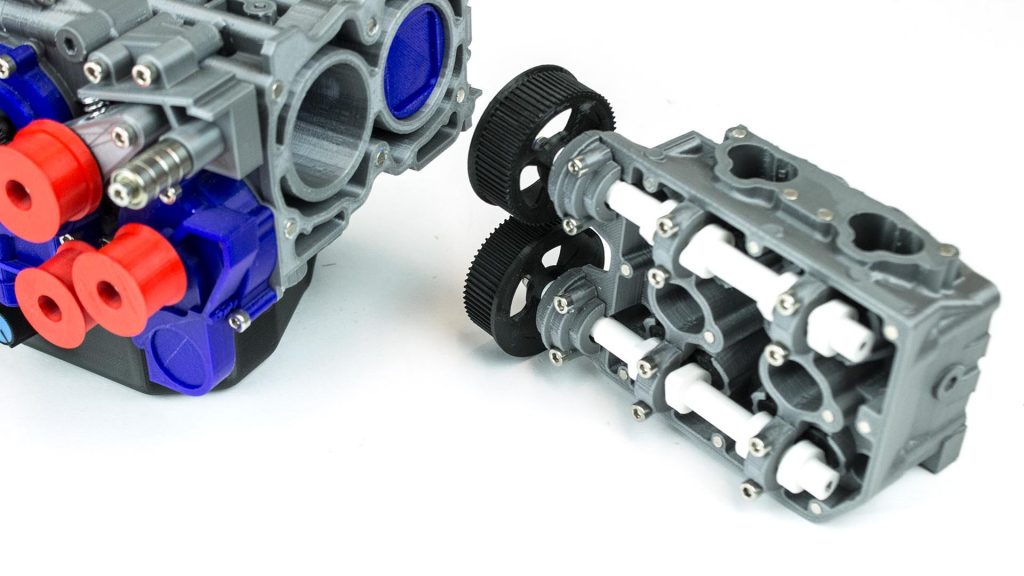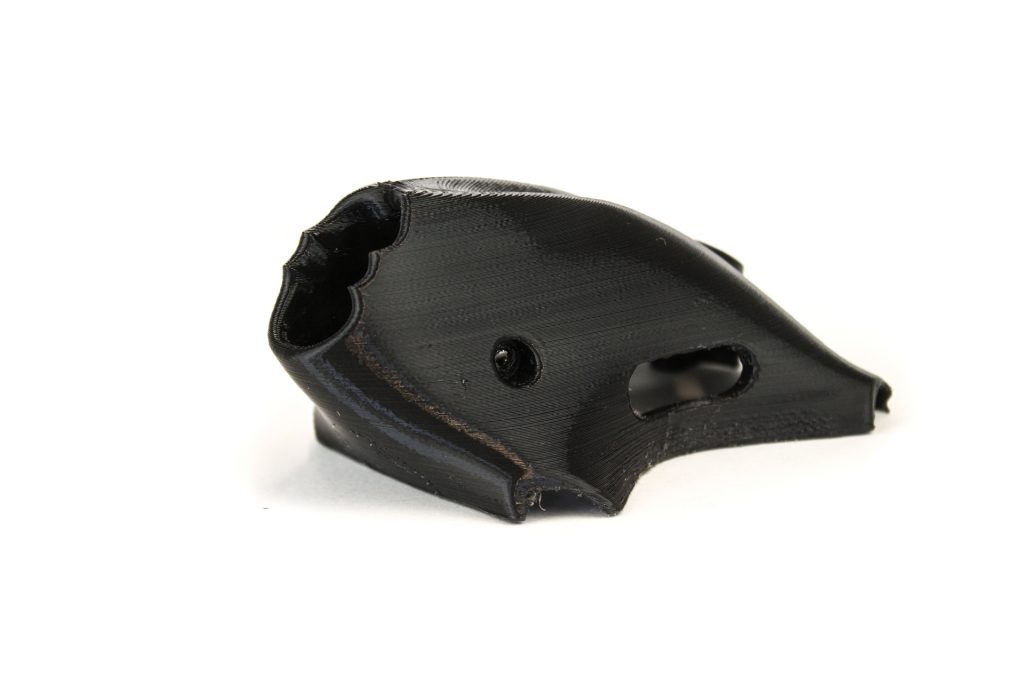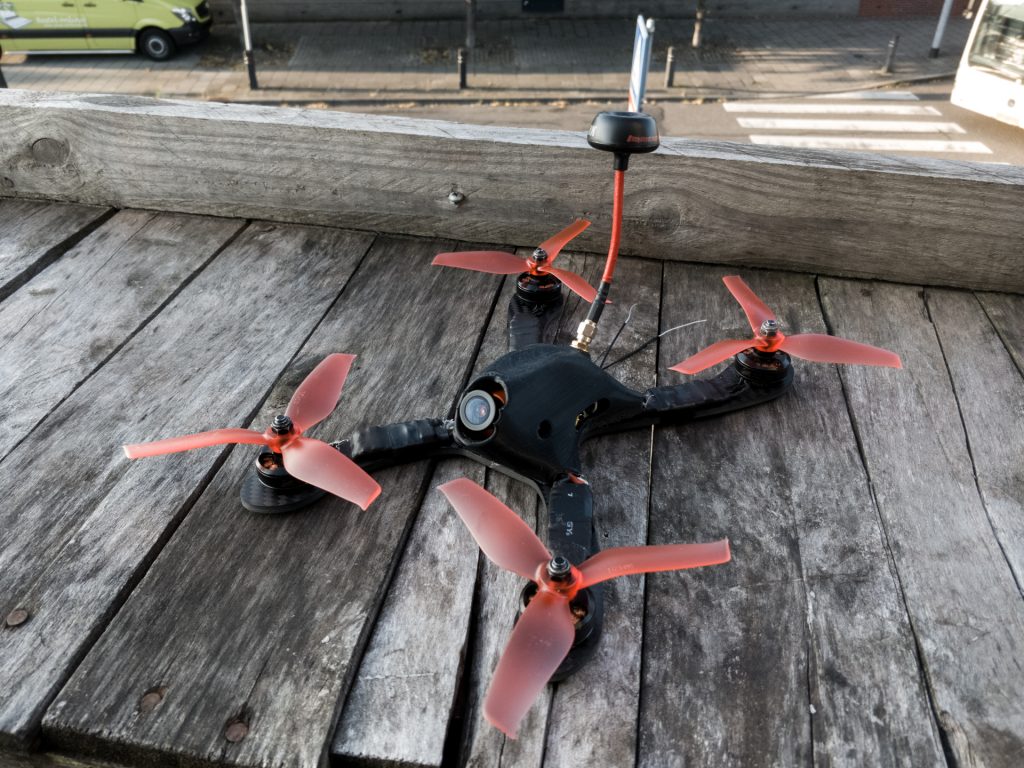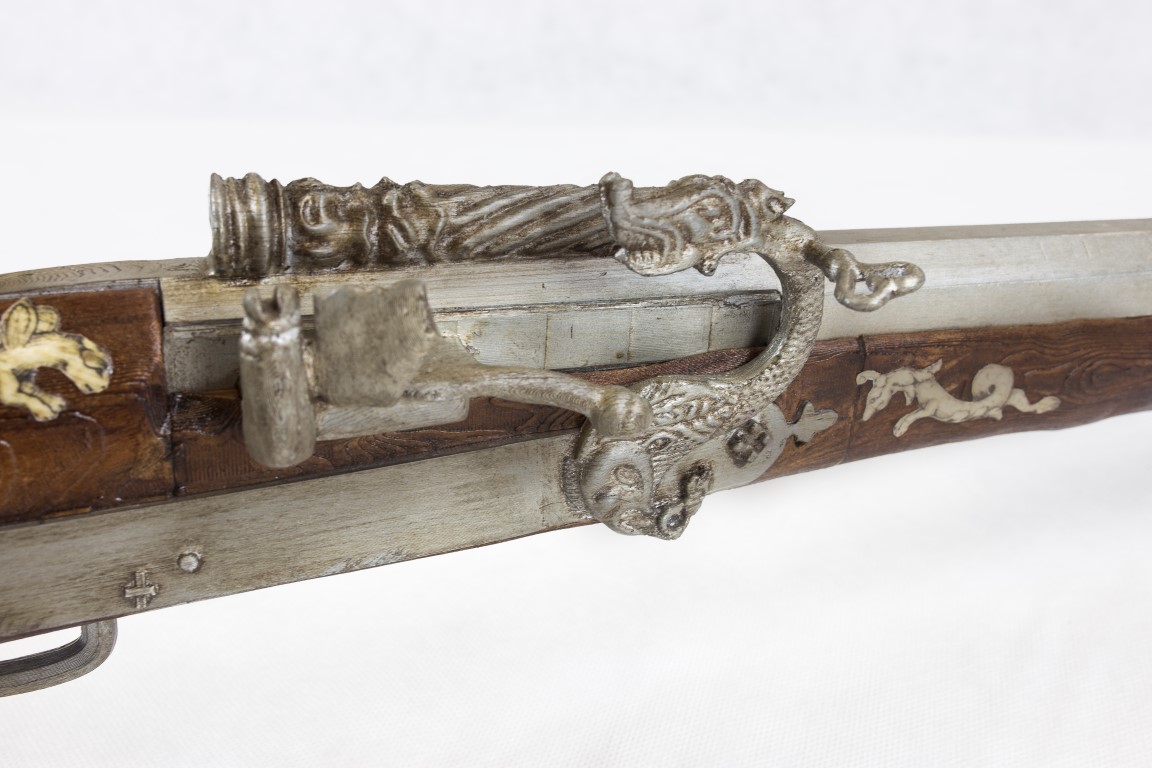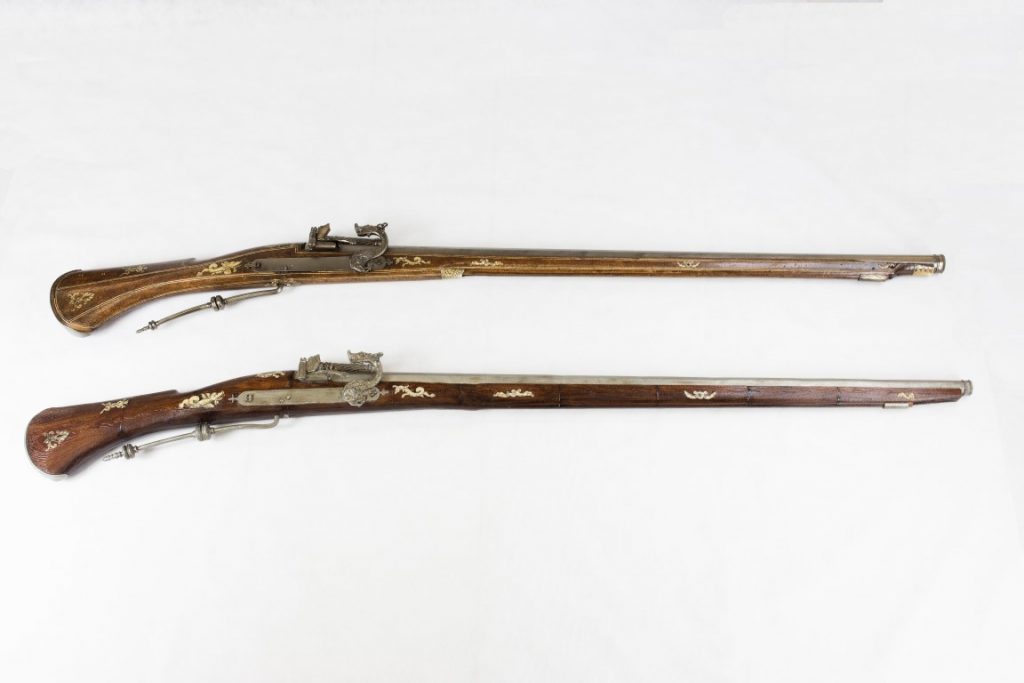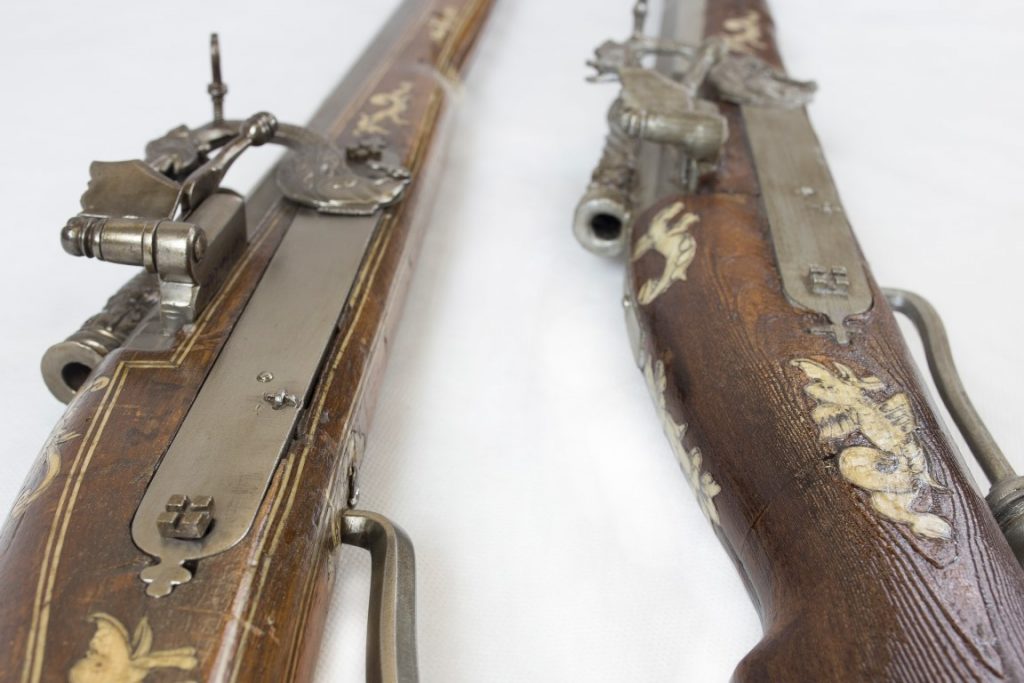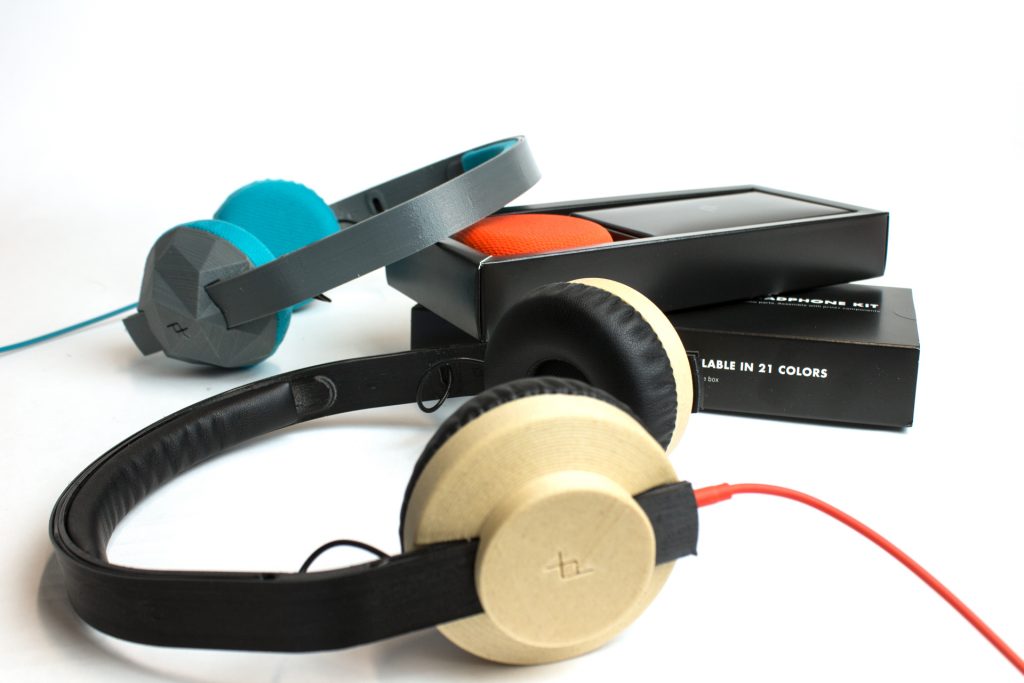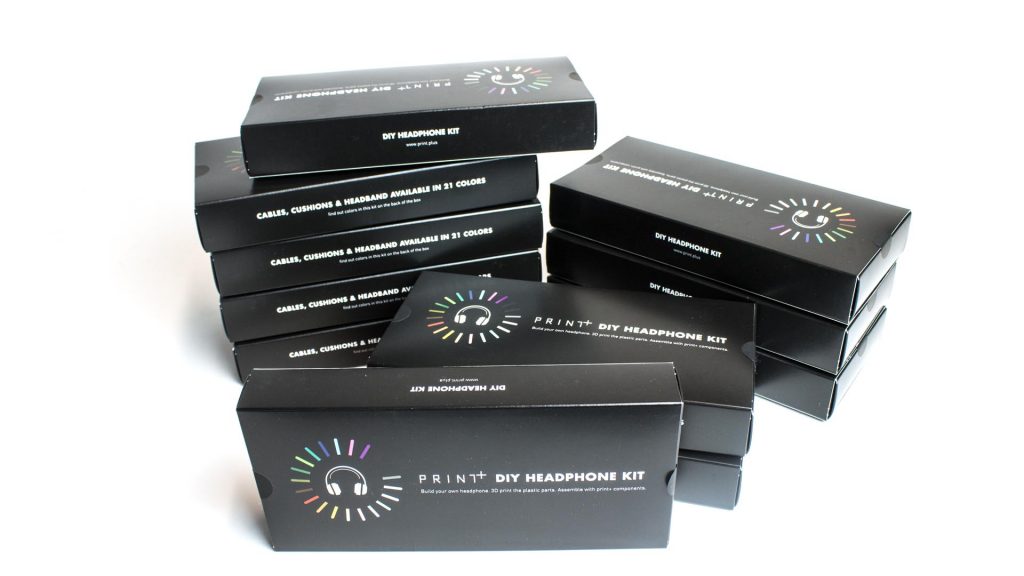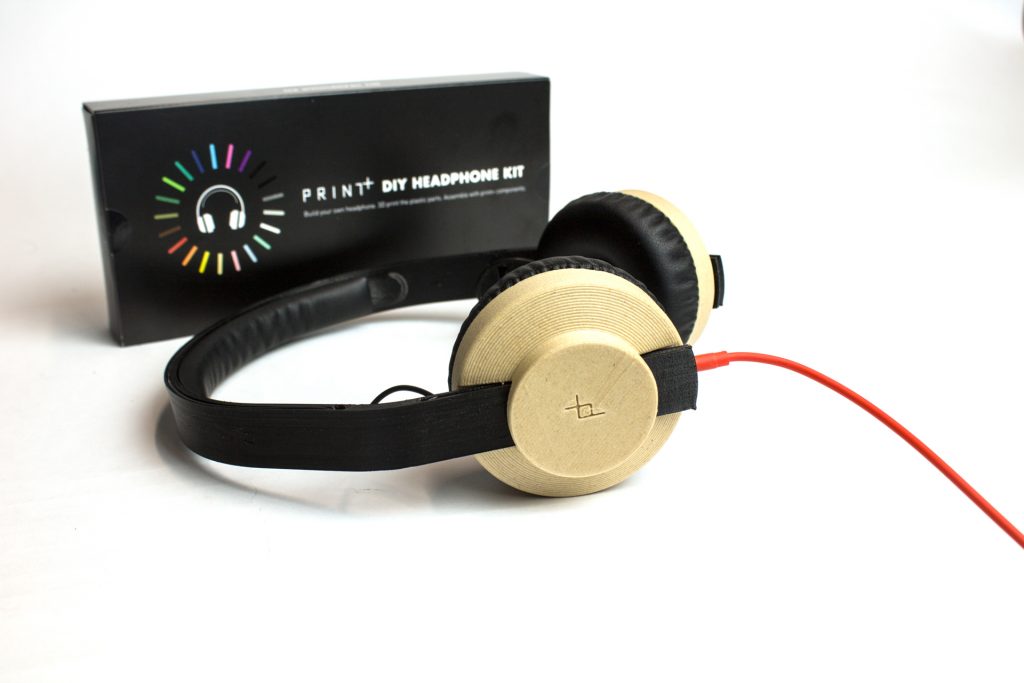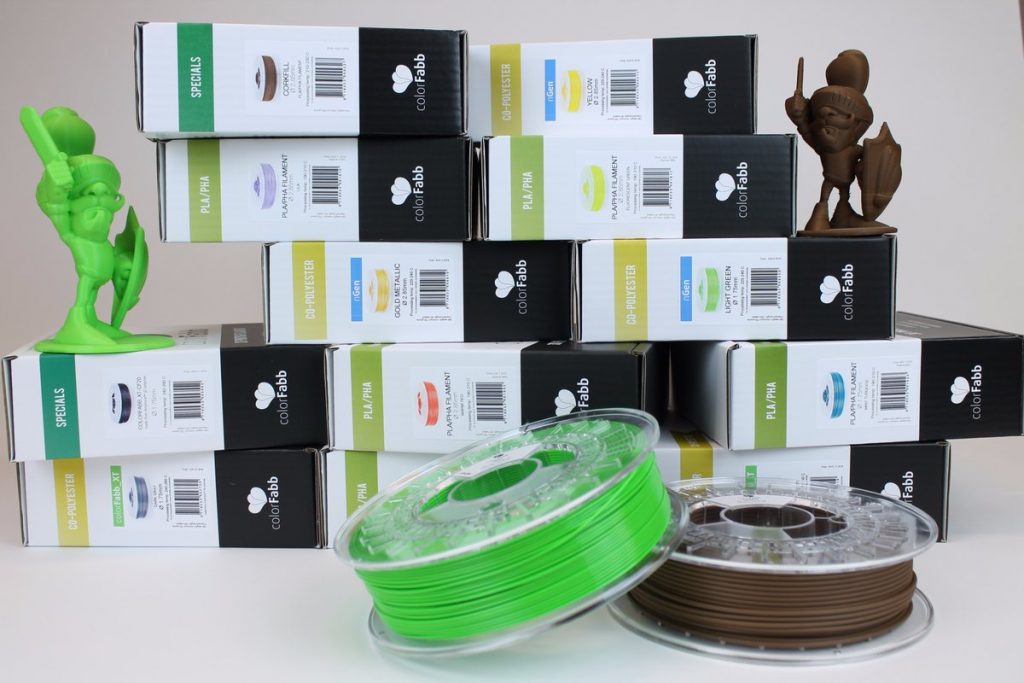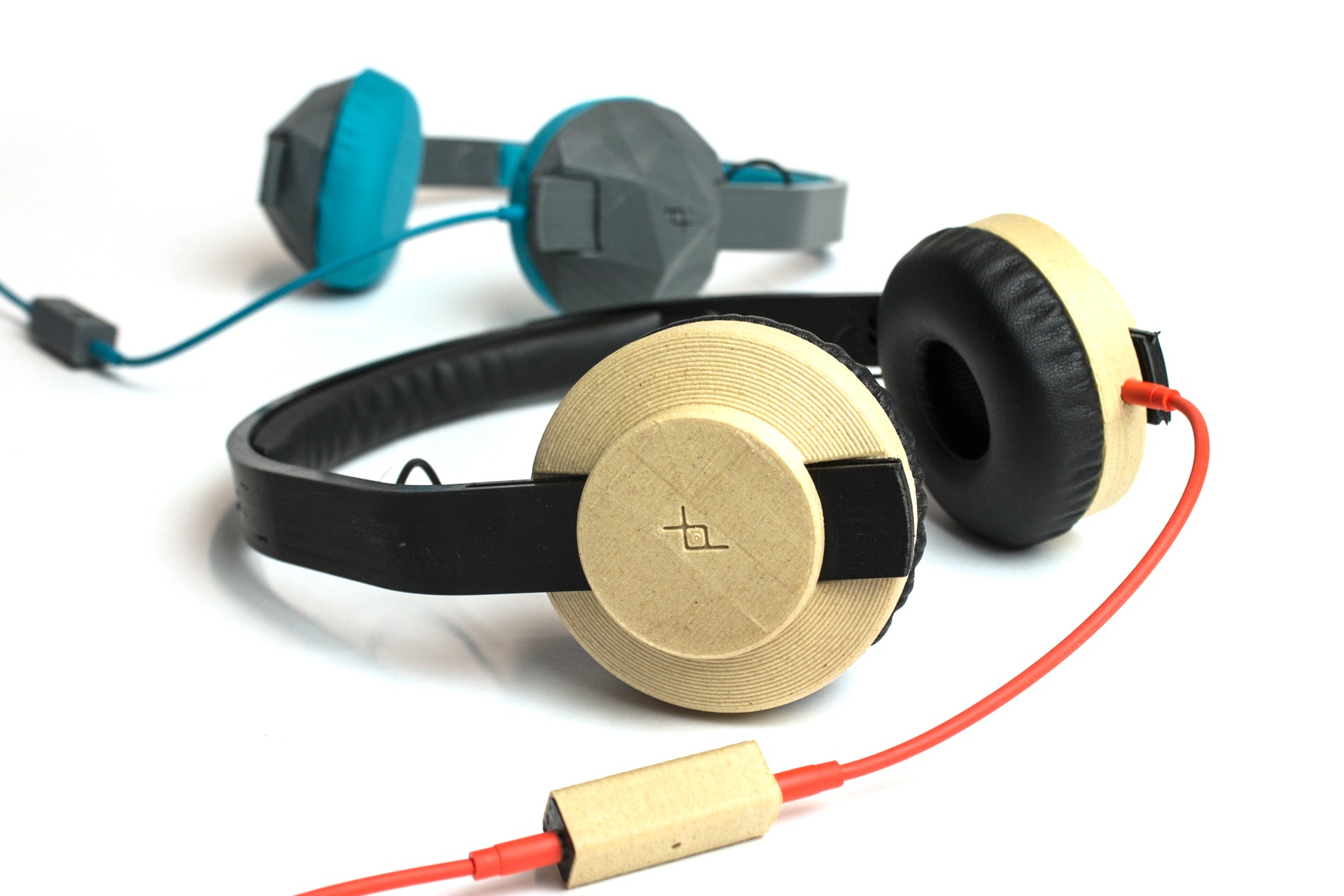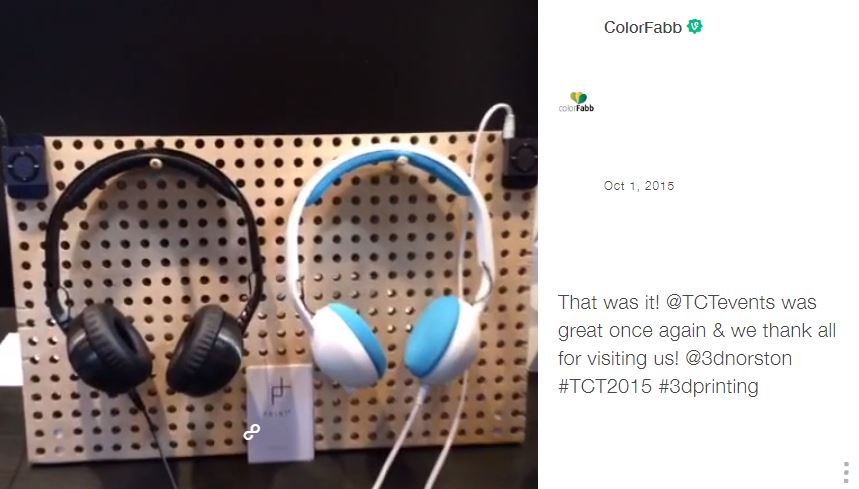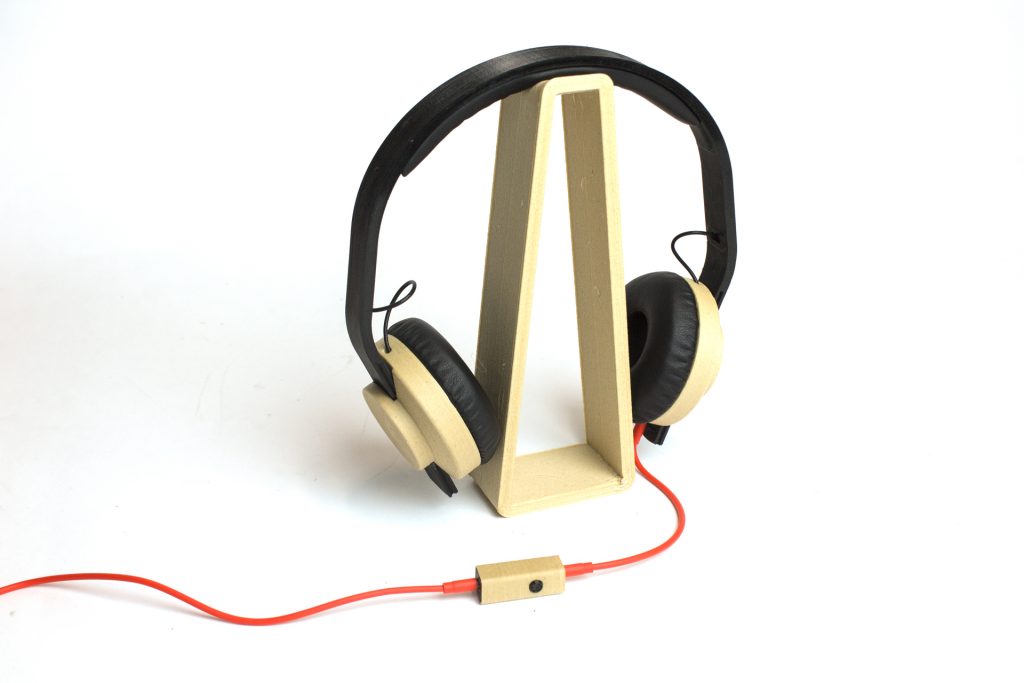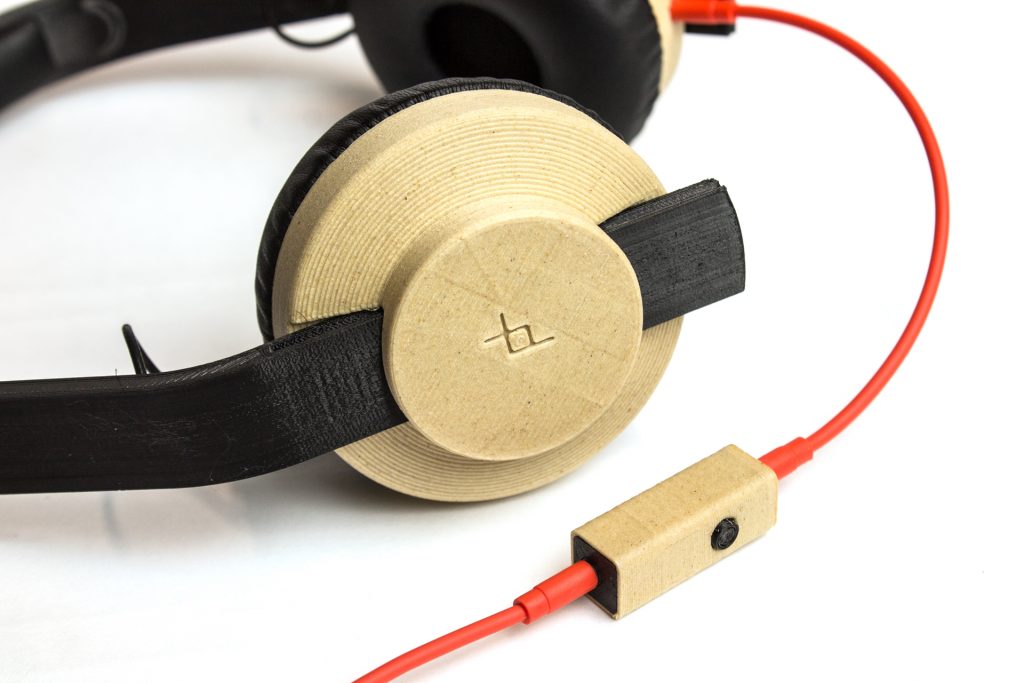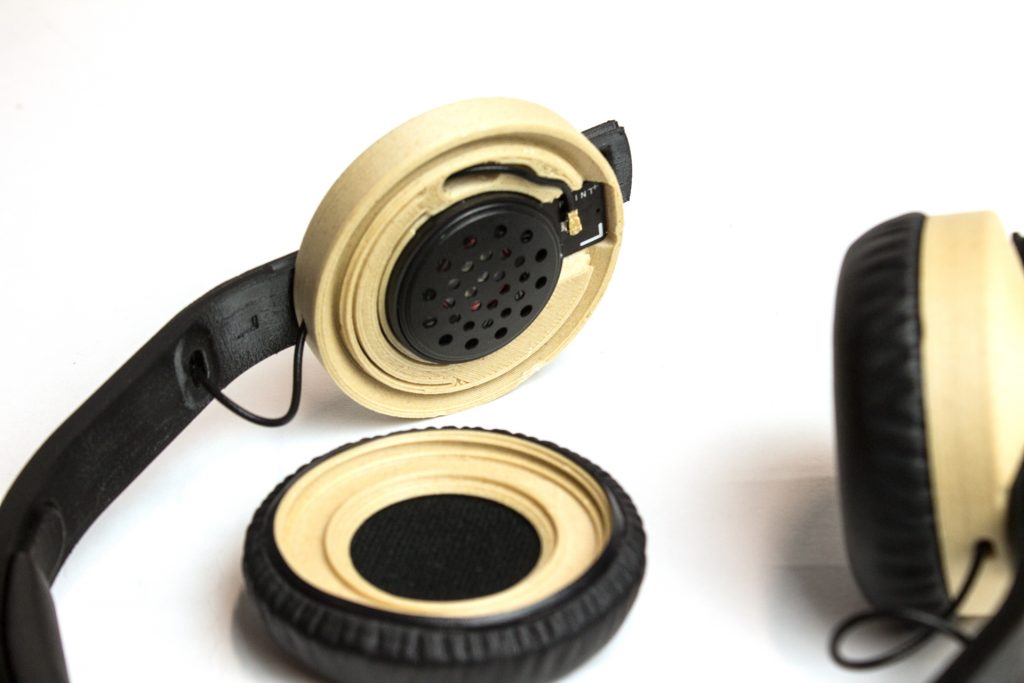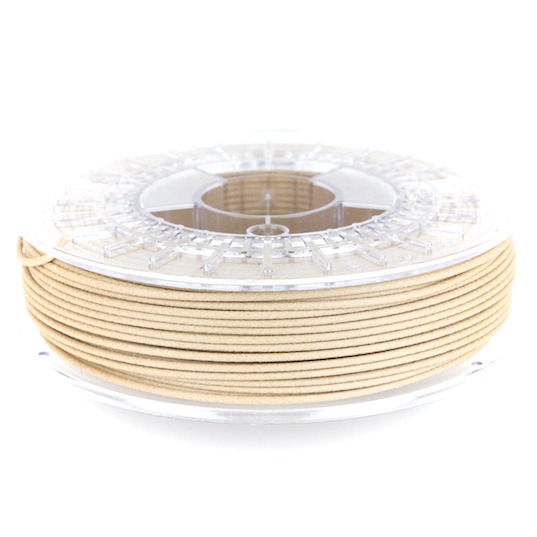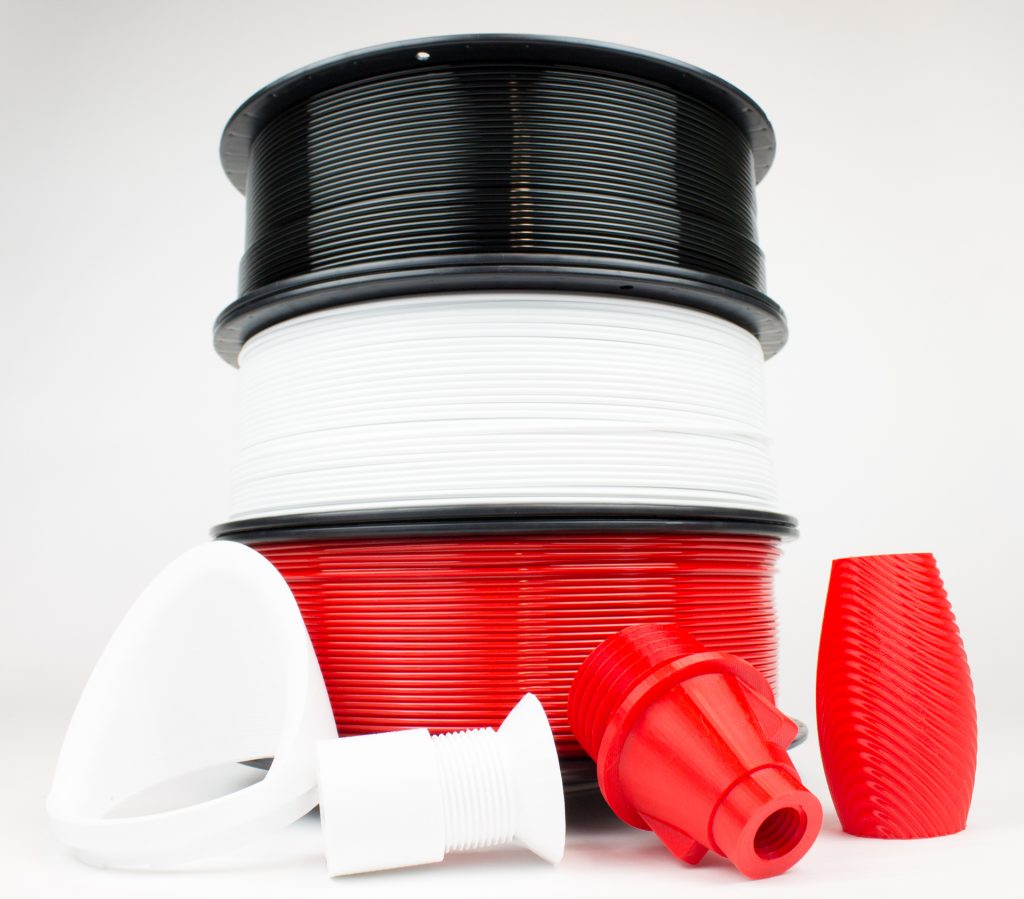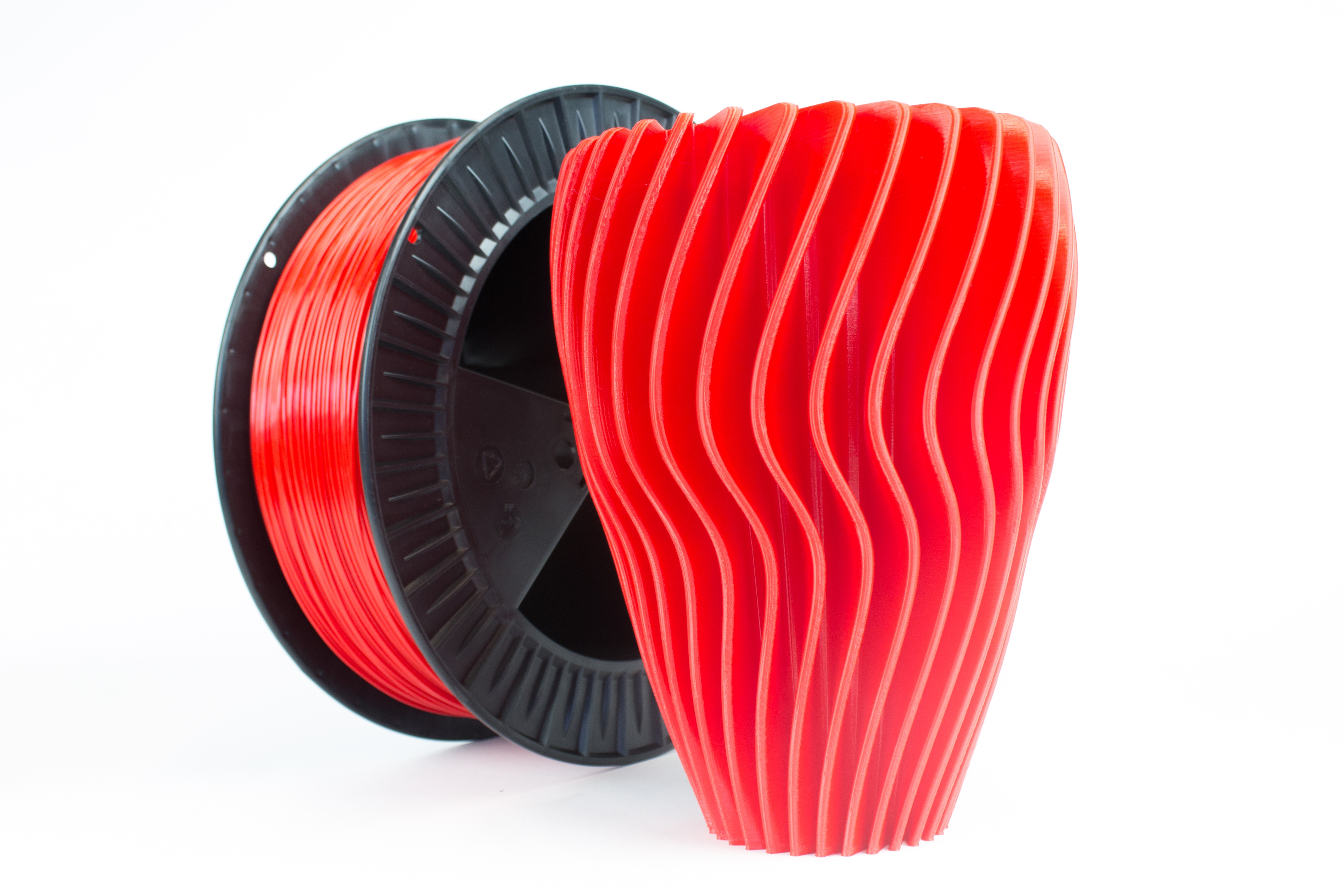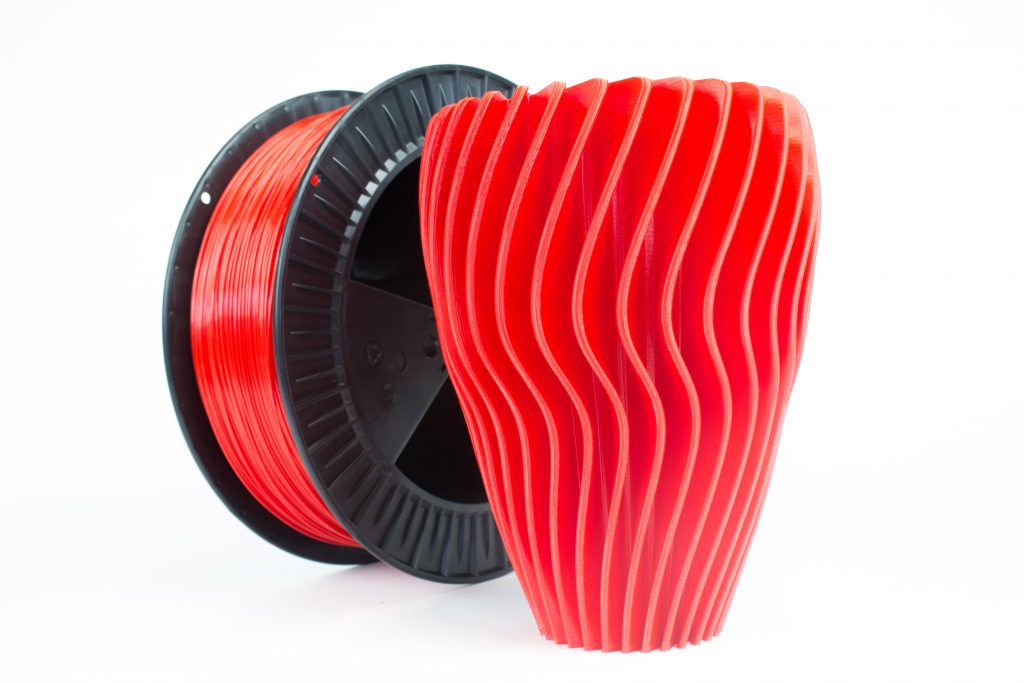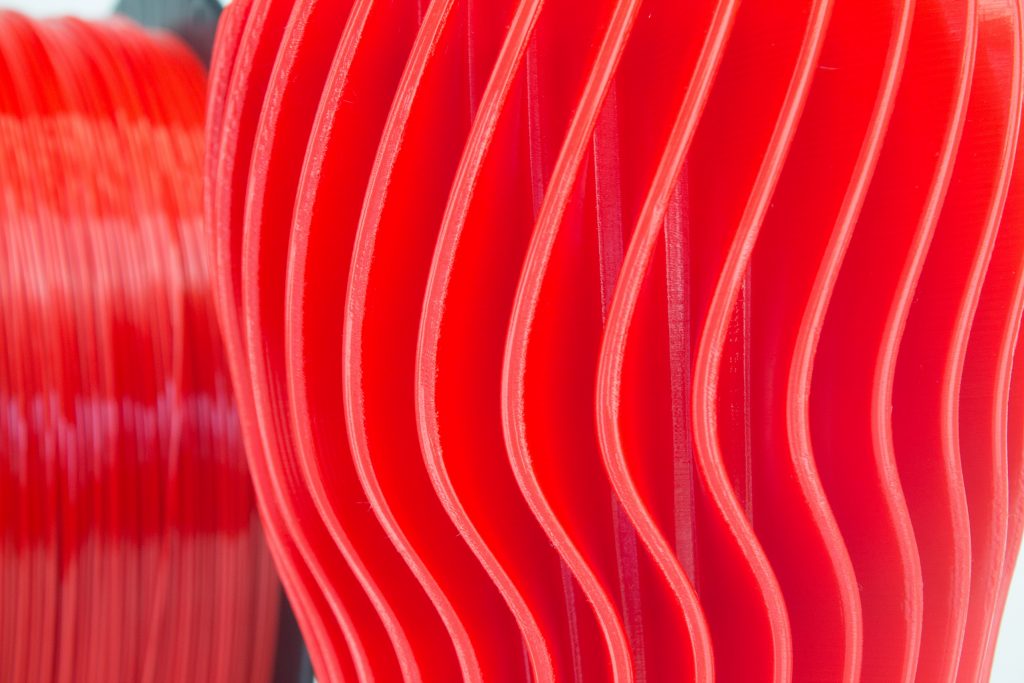Sometimes it is just fun to print game based gadgets. A request came from one of our colleagues in logistics to print the Final Fantasy VII Globe (or comet, as he says), which he wants to paint afterwards. For this print, which needed a lot of detail, we used nGen, our all-round 3D printing filament made with Eastman Amphora™ AM3300 3D polymer.
Design by Qwyksylver: https://www.thingiverse.com/thing:1084401
We printed on the Ultimaker 2+ with nGen Dark Gray and a 0.4mm nozzle. The print took 10 hours and we printed with 40mm/s and a 0.06mm to get the most details out of this print.
Released in 1997, Final Fantasy VII is one of the most iconic games to be released. Popularity never slowed down and this year, during its 20th anniversary there will be a lot of attention for this classic again.
Material of choice is our trusted nGen filament. nGen has proven itself to be a very versatile material that can be used for a lot of applications, visual prototyping being one of them! It has become our default, all-round filament for printing all sorts of prototypes and prints just have to look damn good!
nGen is an all-round filament which has many advantages over PLA. The temperature resistance is over 80 degrees C and it works on most printers with a heated build plate. nGen is a low-odor, styrene-free material uniquely suited for 3D printing enthusiasts, particularly those who need the flexibility to print within a wide processing temperature range.
With nGen you will have good flow properties through the printer nozzle—even at lower temperatures than some other polymers require. These properties make nGen more workable at a wider breadth of temperatures, producing reliable results and resulting in less waste. You can find more information on our dedicated landing page.
Ever since launching in november 2015 (and later in a big way during the CES Show early 2016), nGen has been a bestseller and a material that has been adopted by users worldwide very rapidly. In a recent survey we have seen it is regarded as one of the most popular materials in our portfolio. This is not without reason. For instance, nGen Black has nothing but solid 5 star reviews and is on sale right now! (Sale occurs at the moment of publishing and only for a limited time).
nGen is available through our webshop and our network of distributors and resellers worldwide.
nGen is made with Eastman Amphora™ 3D polymer AM3300. It is part of our range of Amphora based filaments. Other grades are: engineering grade colorFabb_XT, high temperature resistant colorFabb_HT and semi-flexible nGen_FLEX. With Amphora, items can be created that are more functional, more durable, more efficient, and attractive.
You can find more about what co-polyesters are by clicking here or check the table below how the rigid filaments compare to ABS and PLA:
Once our colleague has the painted globe (or comet), we will show you an update of course.

